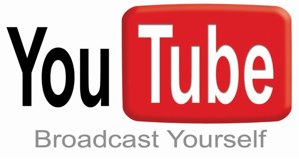 Move over, Mad Men. Checkmate, Game of Thrones. Video sharing site YouTube put a nail in the coffin of broadcast TV, revealing this week that more Millennials age 18-34, a key demographic for advertisers, now watch YouTube than any cable network.
Move over, Mad Men. Checkmate, Game of Thrones. Video sharing site YouTube put a nail in the coffin of broadcast TV, revealing this week that more Millennials age 18-34, a key demographic for advertisers, now watch YouTube than any cable network.
In 2011, YouTube owner Google invested $100 million to create 100 channels of programming featuring Hollywood actors and top creative talent, and spent another $200 million to promote it. The results, clearly, have been promising: YouTube gets over 1 billion unique visitors every month.
For those of us who grew up with TV, YouTube is a fun novelty – a way to watch clips of sneezing pandas, otters holding hands, and the occasional Rick Astley music video. But to the Millennial generation, YouTube has been around for a significant portion of their lives. As more younger viewers get their entertainment fix online, advertising dollars will flow freely to the medium. Online productions will see larger and larger budgets. Broadcast televisions ads and programming will likely skew to an older demographic.
Certainly, there’s reason to think YouTube’s rise – or at least the rise of Internet programming in general – will continue. Netflix and Hulu have been creating original content for some time; while Yahoo and Amazon recently began work on their own catalogs full of comedies, dramas, cartoons, and even a morning show. The Internet, it seems, has not just become the place for niche programming – it’s become the place for programming in general.















